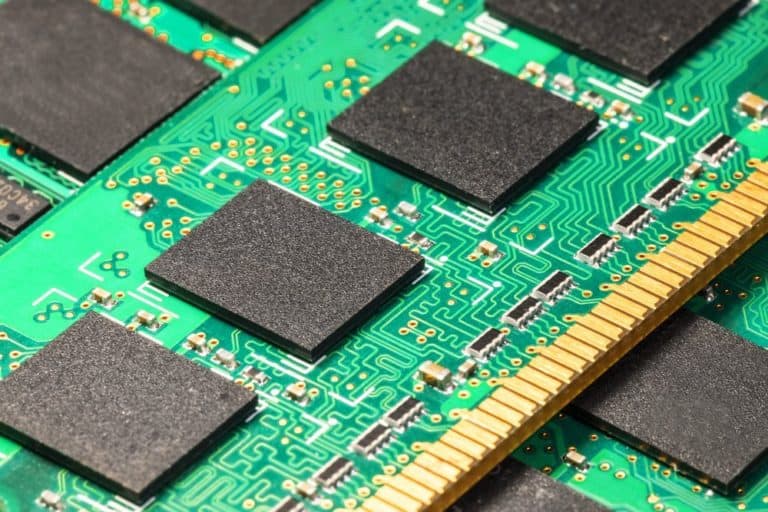This year, a major shortage of DRAM memory is expected. Sanjay Mehrotra, the CEO of Micron, expects this shortage to worsen over the course of the year. Problems such as natural disasters and political unrest will only make the chip shortages worse.
This is what the leader of the memory chip manufacturer told in a conference call about the quarterly figures for Q2 this year. “As a result of the strong demand and limited supply, the DRAM market is currently facing a severe undersupply, which is causing DRAM prices to increase rapidly. We see the DRAM market tightening further through the year.”
David Zisner, Micron’s CFO adds that Micron’s remaining inventory is getting tighter. The company has almost only unfinished parts or raw material in stock. There is still a small inventory of finished products, but it is not enough to meet current demand.
Natural disasters worsen shortages
The company says it was hit by a drought in Taiwan, which limited the water supply to one of its factories. At the moment, the company is able to work around this, but in time this could lead to bigger problems, writes The Register.
Micron is not the only company susceptible to disruption by natural disasters. According to a new study from a US industry group, shared by Reuters, the entire semiconductor industry is becoming increasingly vulnerable to natural disasters and geopolitical disruptions.
The industry group, the Semiconductor Industry Association, cites a number of examples, including the fully booked factories in Taiwan, a recent fire at a chip factory in Japan, the cold weather in Texas and also the drought in Taiwan that Micron is facing.
Congestion leads to major consequences
Because making chips is such a complicated process with thousands of steps and raw materials and tools that have to come from all over the world, a disruption in a small part of these resources can have large consequences. Many of these components are primarily dependent on one area. For example, the design of the chips is mainly done in the US, while the special gases needed for the chips come mainly from Europe. The manufacture of these chips is largely done in Asia, with 92 percent of these factories located in Taiwan.
Invest in regional factories
According to the industry group, it would cost the global electronics industry nearly half a trillion dollars if Taiwan were to be unable to make chips for a year. Yet, it would not be more beneficial to move the supply chain to the US. It would cost hundreds of billions of dollars for the US alone and over a trillion for the world. This would only further increase the price of chips.
However, the industry association does call for a minimum capacity of chip factories to be built in Europe and the US to counterbalance the production capacity in Taiwan and South Korea. Government support would be needed for this.
Tip: Smartphones hit by chip shortage, Qualcomm can’t meet demand
